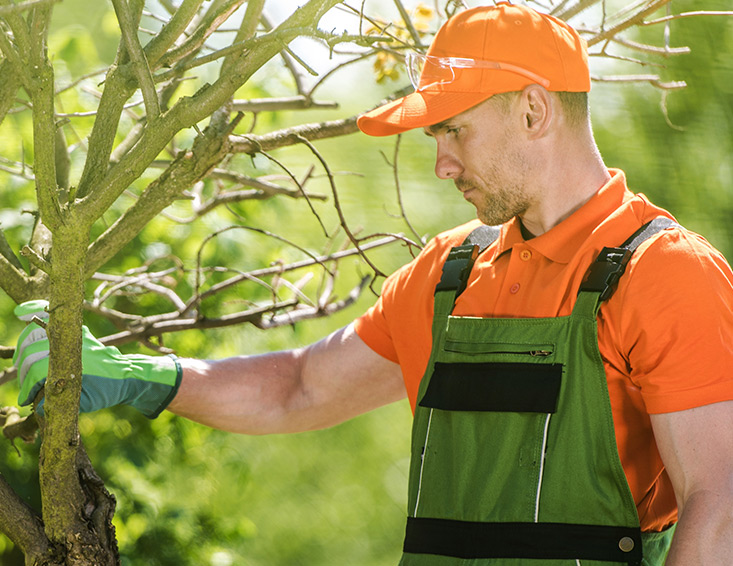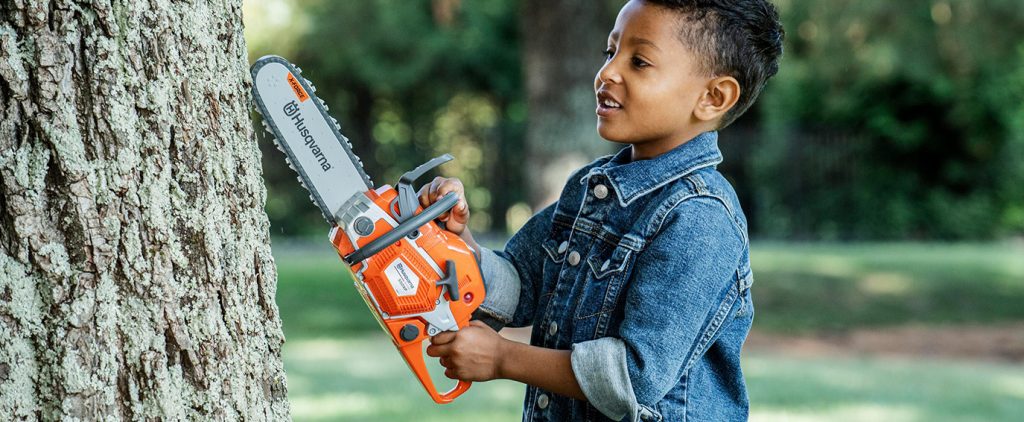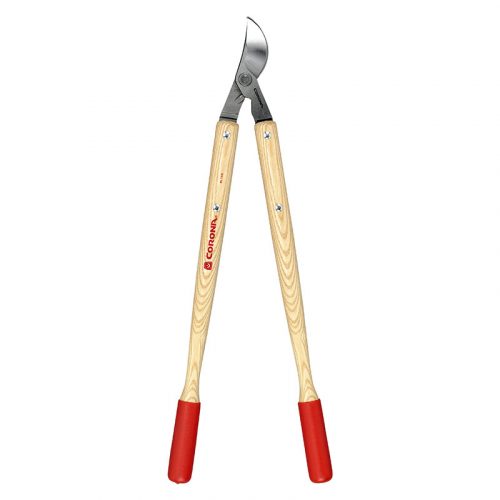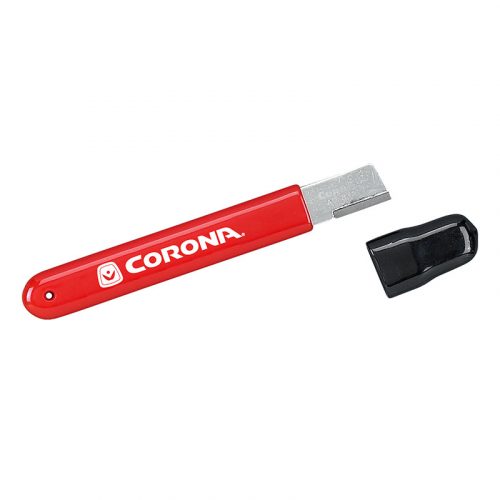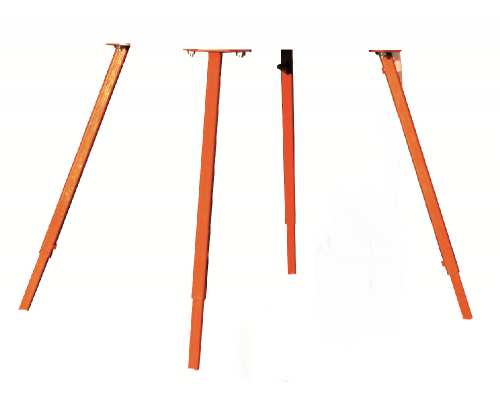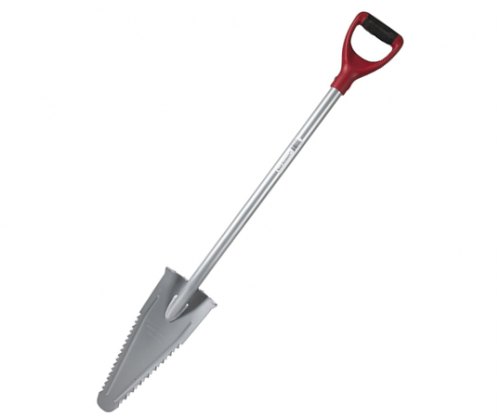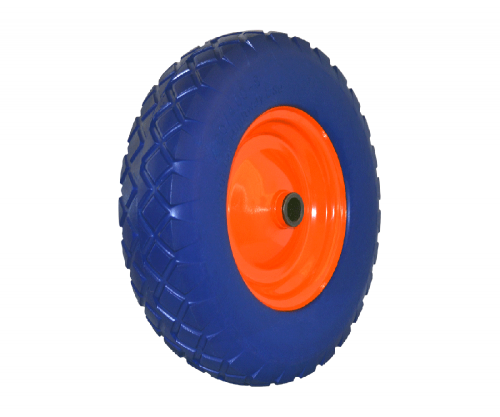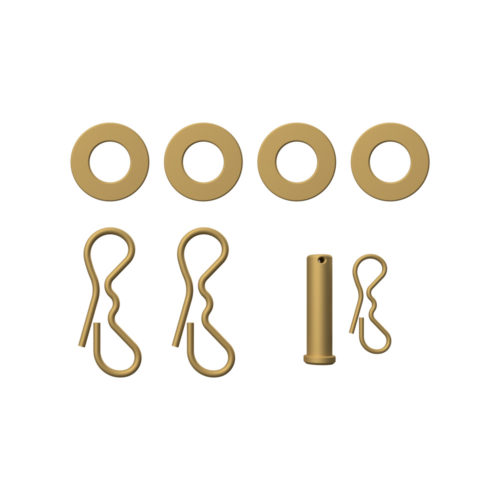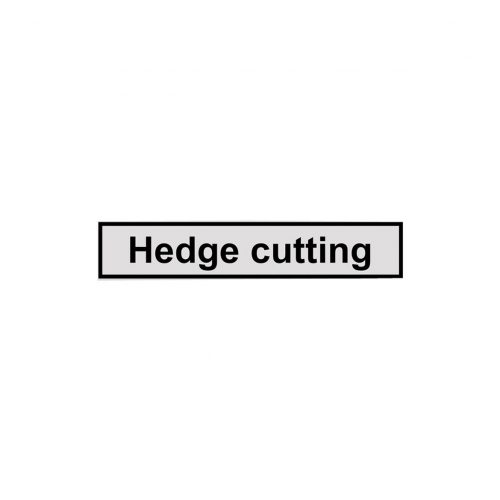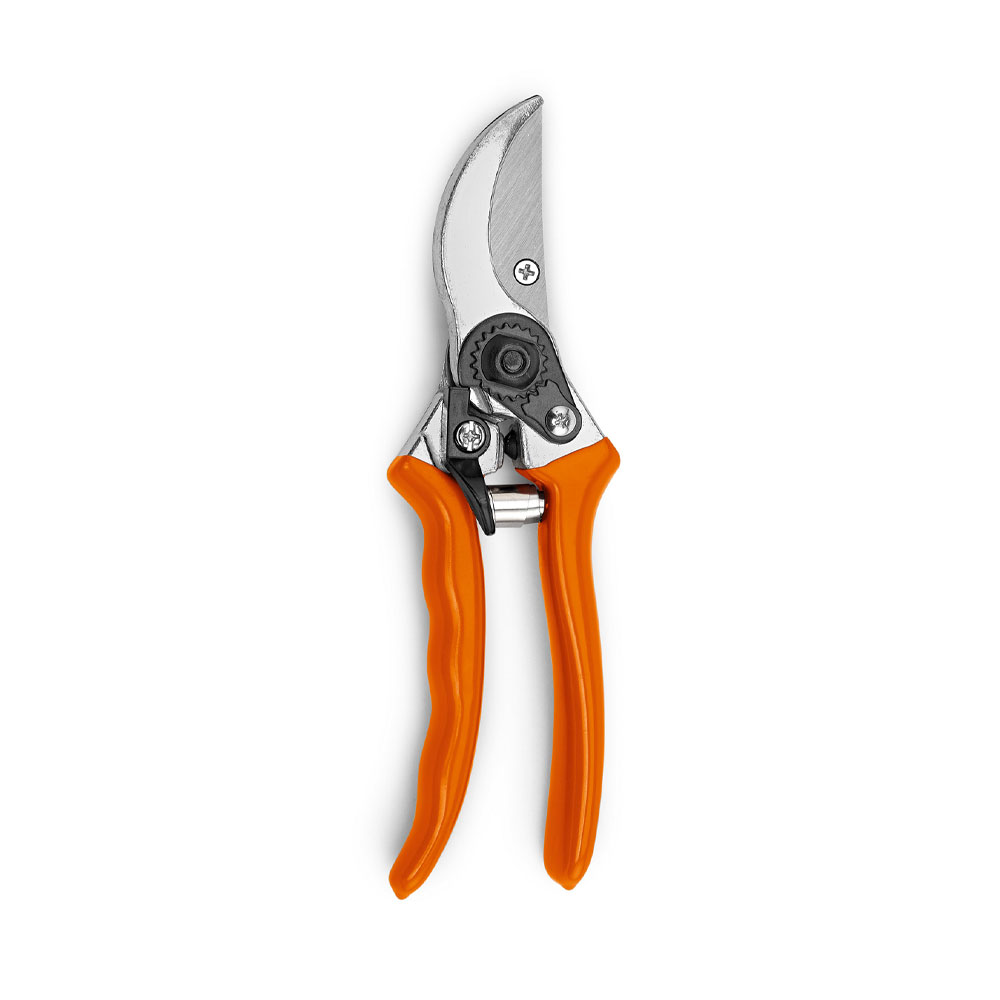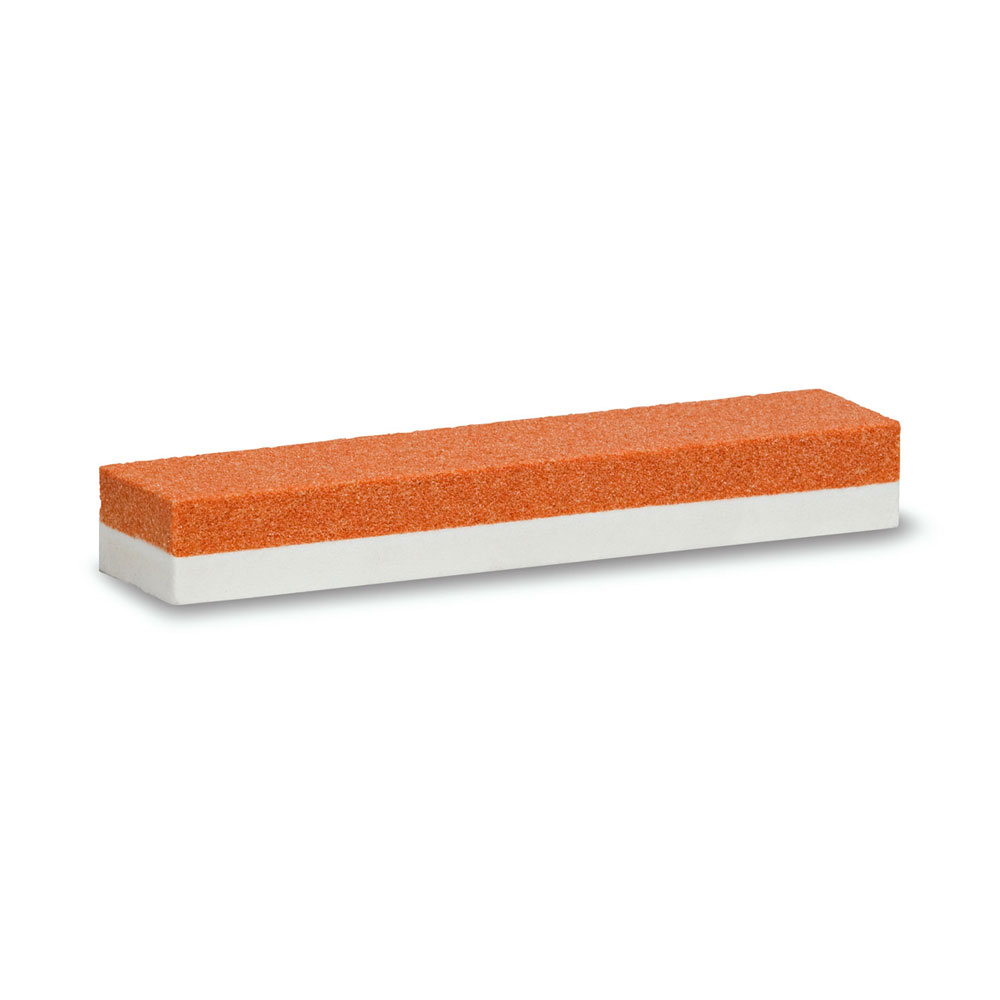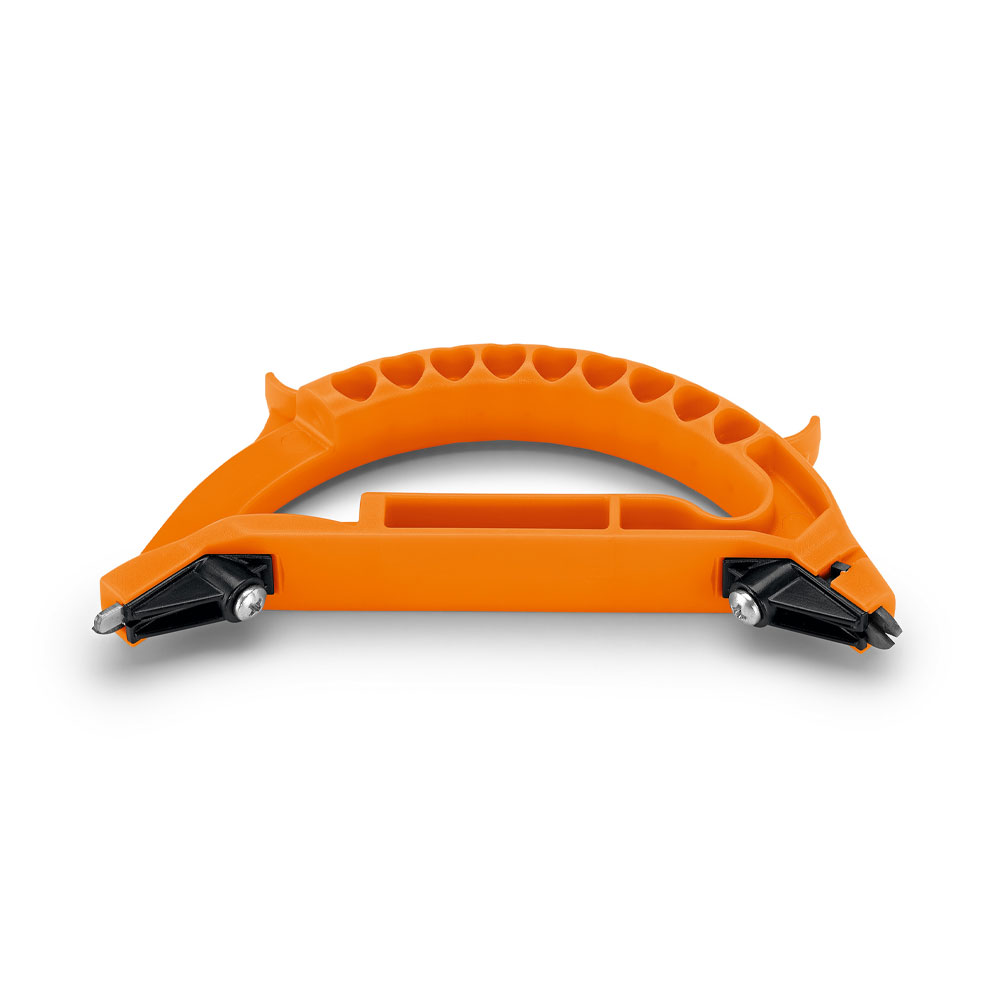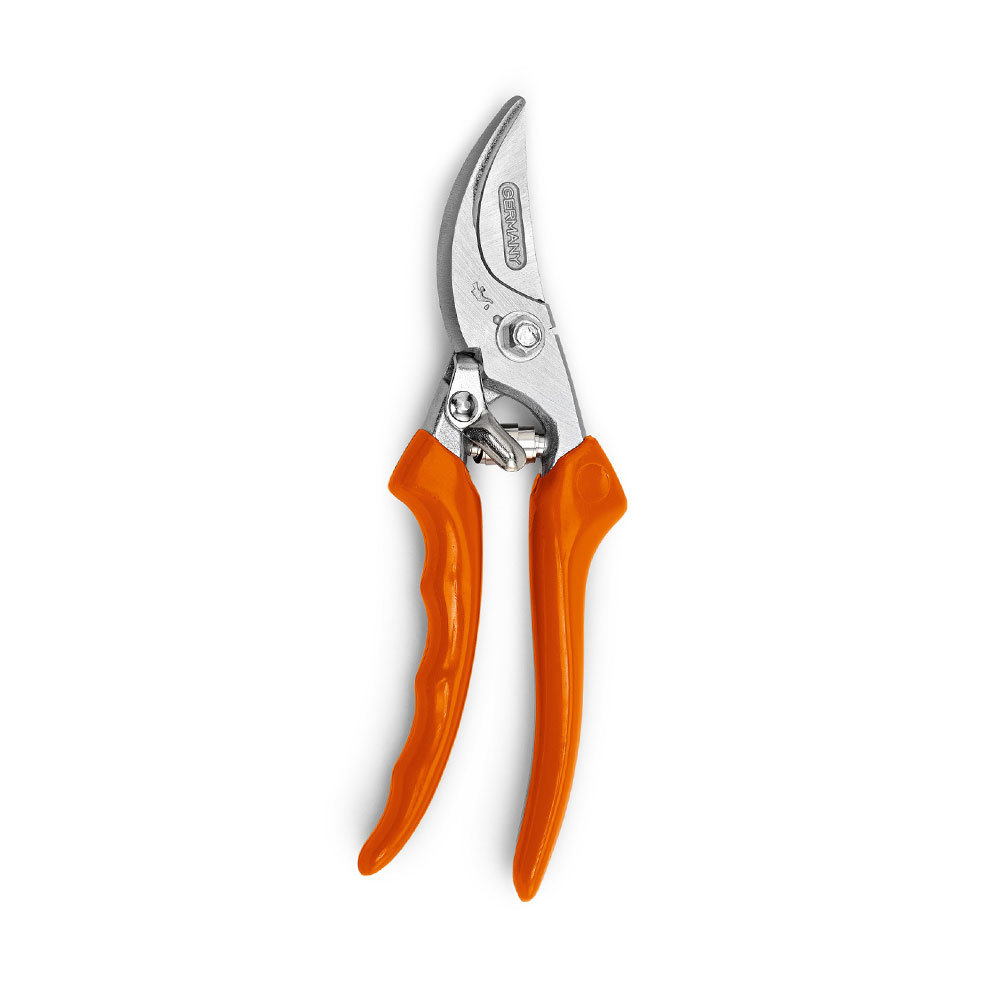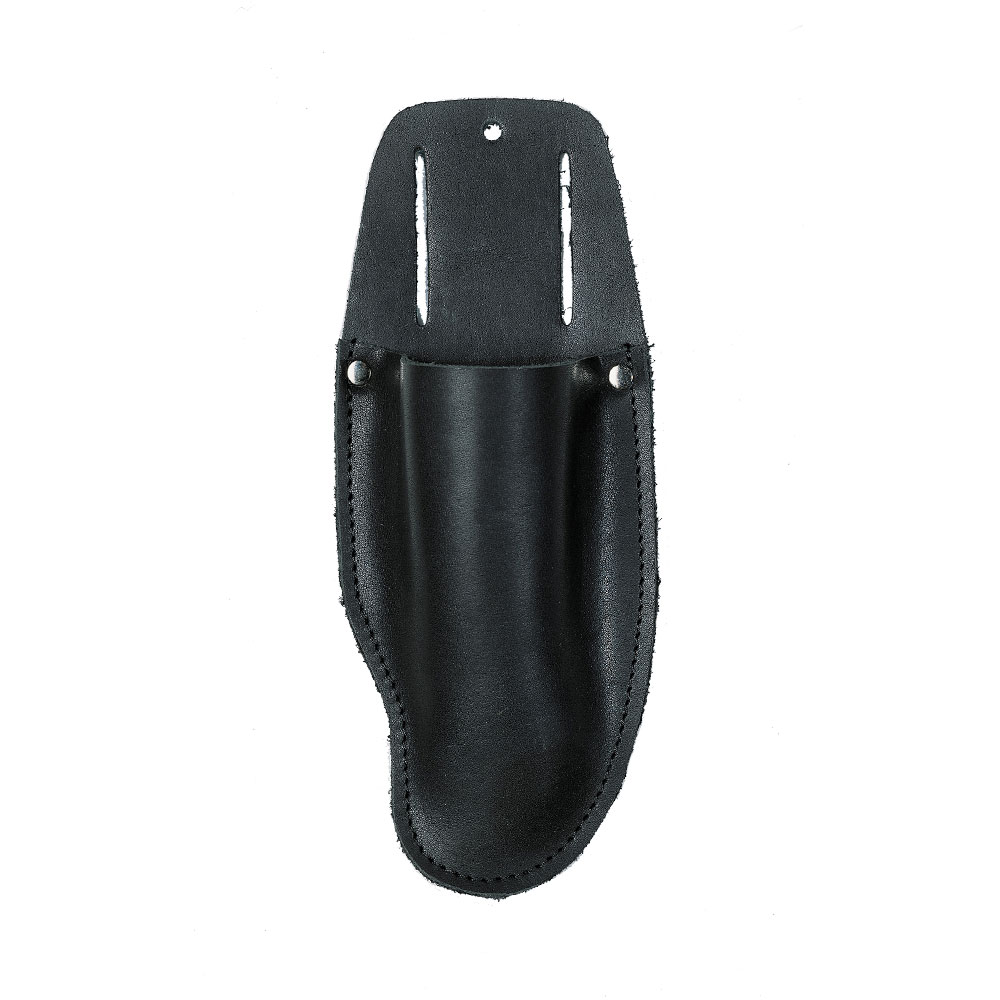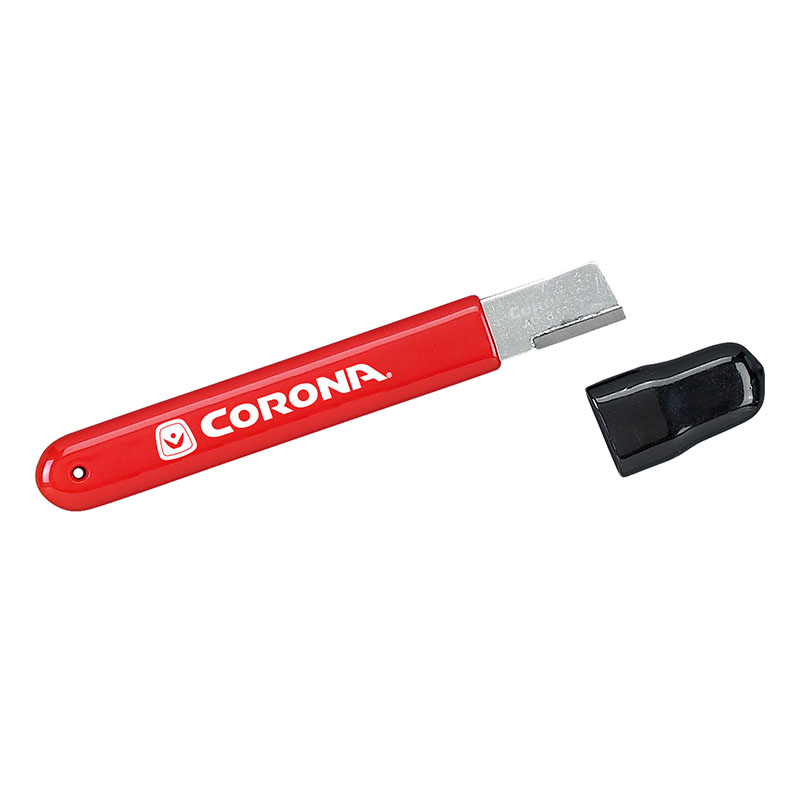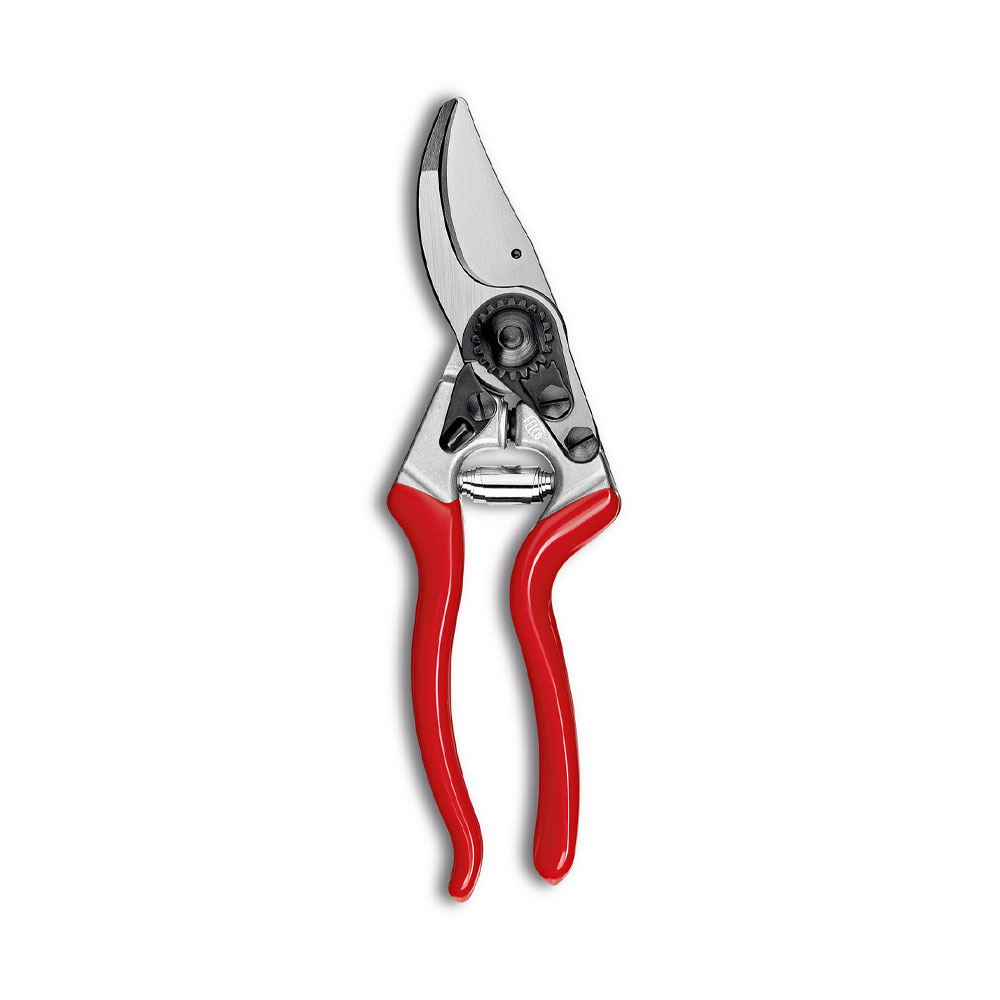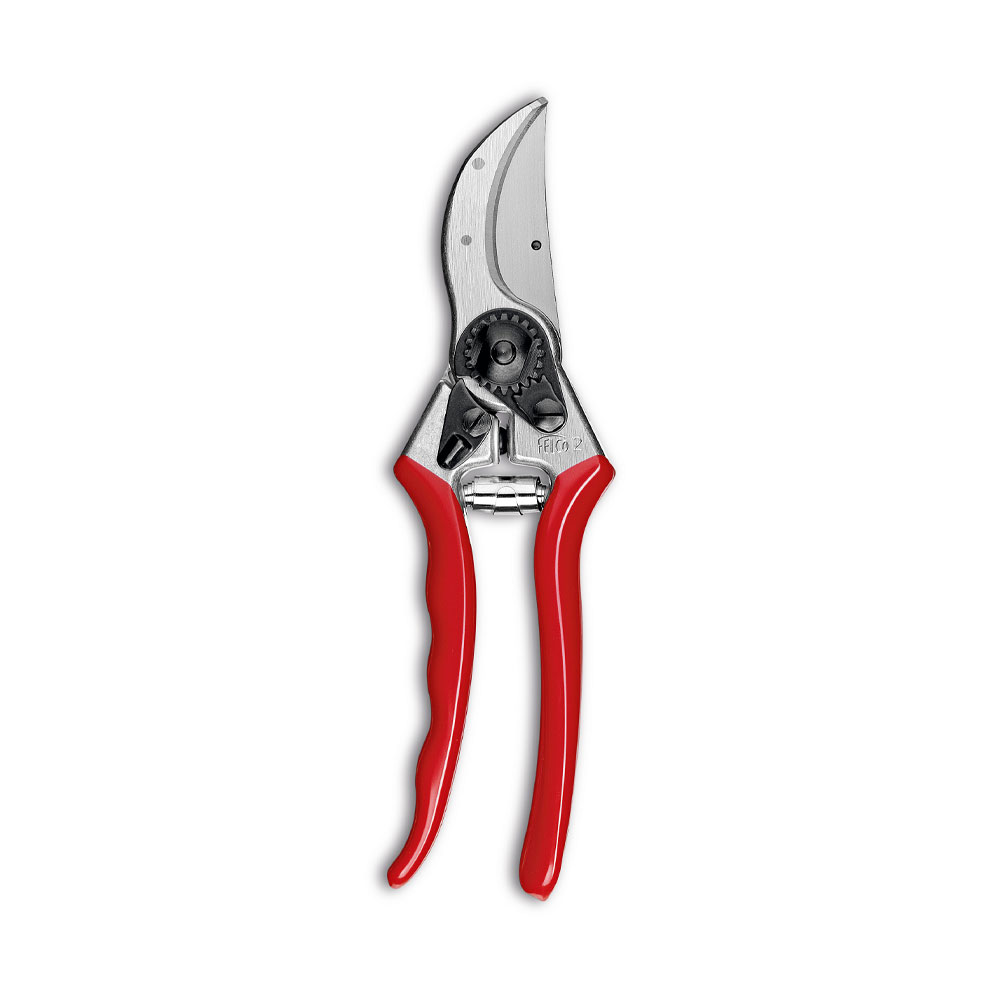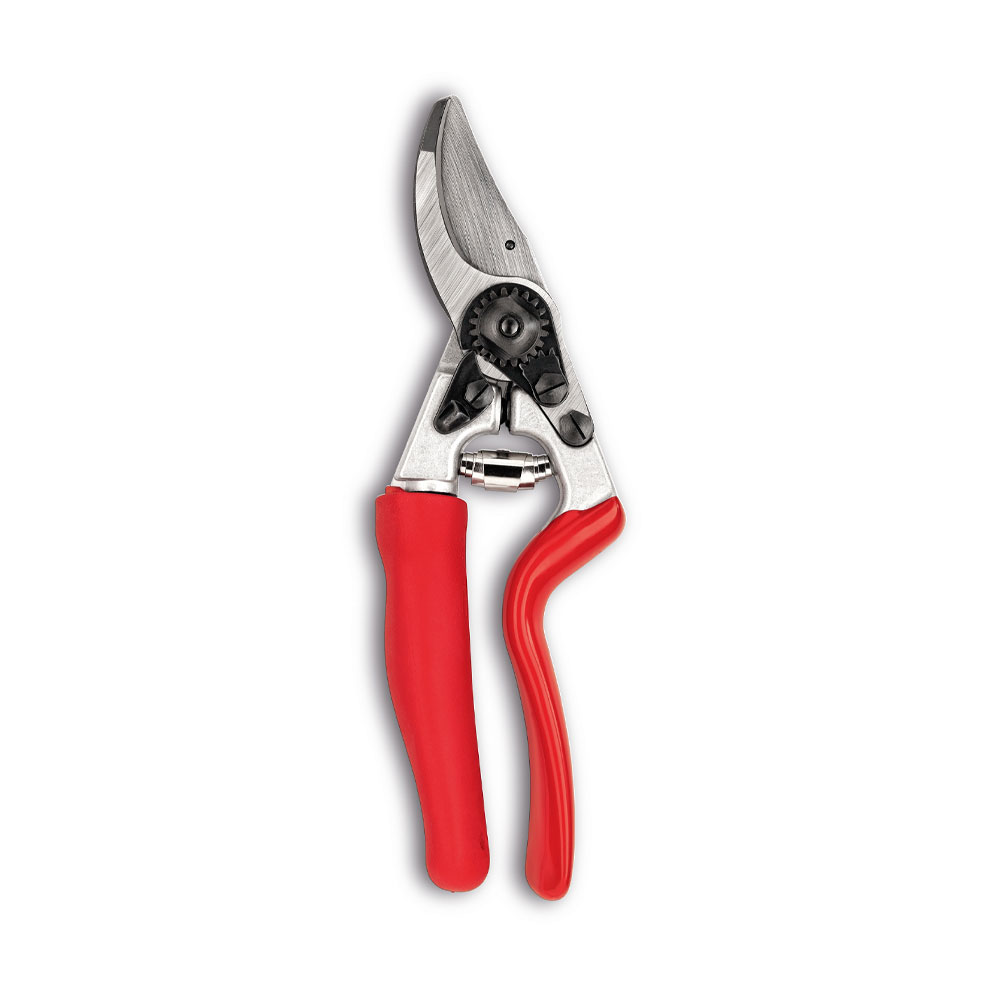Secateurs
Secateurs are used to dead head plants, prune shrubs and to shape small trees. They are suitable for intricate cutting and are a small tool that fits comfortably in the hand, rather like a pair of scissors. There are a few different types of garden secateurs to choose from, and the right one will depend on personal preference and the task at hand.
Original price was: £19.80.£17.40Current price is: £17.40. (inc VAT)
12% Off
In stock
For dispatch Next Working Day.Original price was: £31.56.£26.42Current price is: £26.42. (inc VAT)
16% Off
In stock
For dispatch Next Working Day.Original price was: £31.03.£25.93Current price is: £25.93. (inc VAT)
16% Off
In stock
For dispatch Next Working Day.£147.50 – £192.83 (inc VAT)
10% Off
Usually dispatches within 7 to 10 working days.
Anvil secateurs usually have a shorter cutting area, and the top blade is sharp on both sides. The cutting action is downwards and when the tool is in use, the sharp blade meets a flat edge rather like a knife on a chopping board. Anvil secateurs are particularly good at cutting dead wood, but they do leave a slightly crushed edge to a stem.
Bypass secateurs have a curved top blade which is sharp on one side only. These tools usually have a slimmer shape and are much easier to get into smaller gaps. They give a cleaner cut and are used to cut and trim, but are not for thicker stems.
Long handled secateurs are good for reaching higher branches or for giving more leverage when some of the plant life is tougher to cut through. It is possible to purchase telescopic handles which can be used at different lengths as needed.
Once you have selected the perfect tool for your needs, maintaining them will make sure they work well for many years. You will notice how easy new secateurs are to use and how neatly they cut. With a little care, they will go on working just as effectively over time. Follow these suggestions:
1. Only use the tools for the jobs they have been designed for and do not try and cut through material that is too thick. Secateurs should be used to cut stems and slender branches that are roughly the width of a pencil to prevent any damage.
2. Clean all the sap off the tool after every use and before it dries.
3. Lock the blade closed when not in use to protect the edges.
4. Sharpen the blade regularly.
5. Store your secateurs away at the end of each job in a dry place to prevent rust.
As you can see, we have a good selection of high quality bypass, anvil and long-handle secateurs for sale in our range, all at competitive prices.



